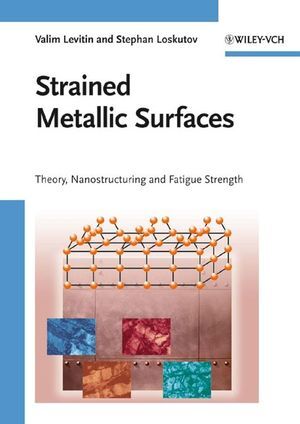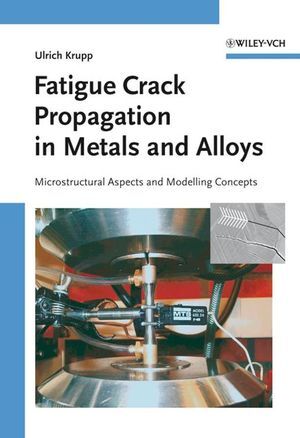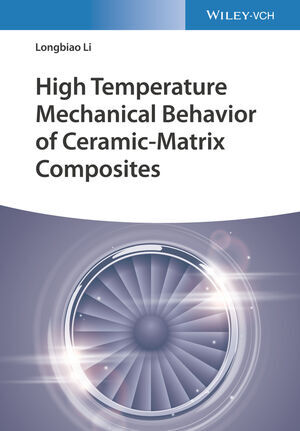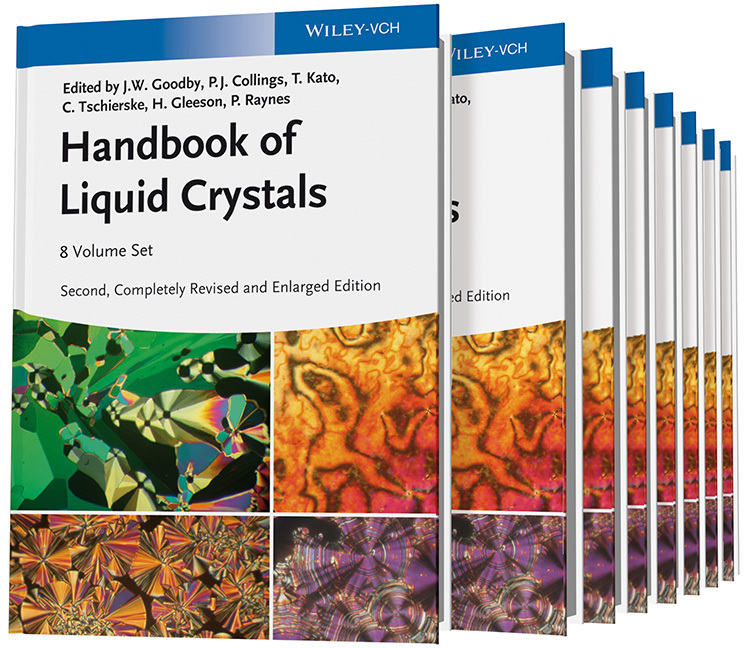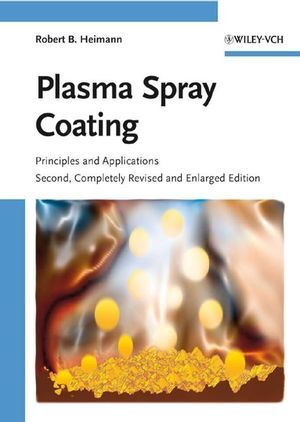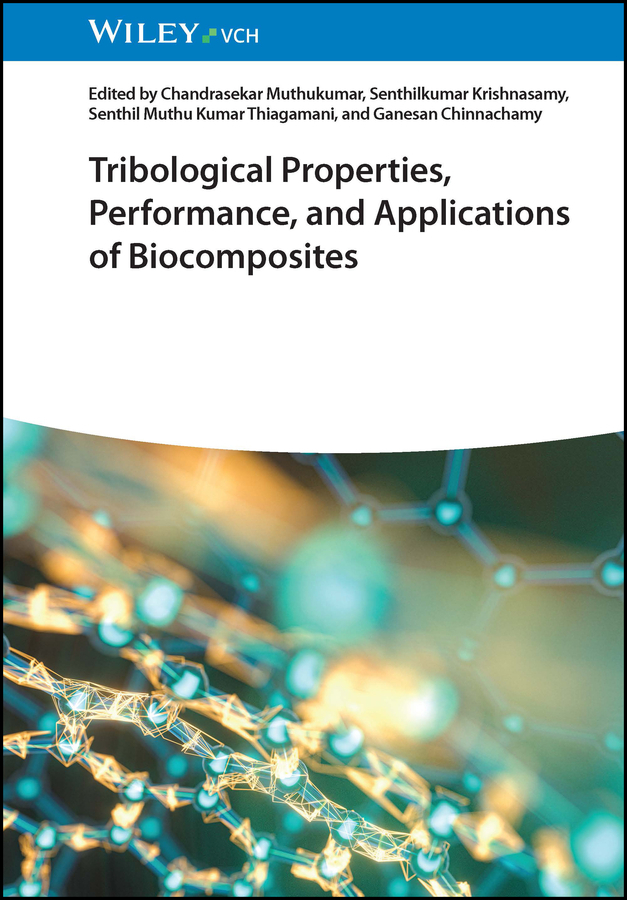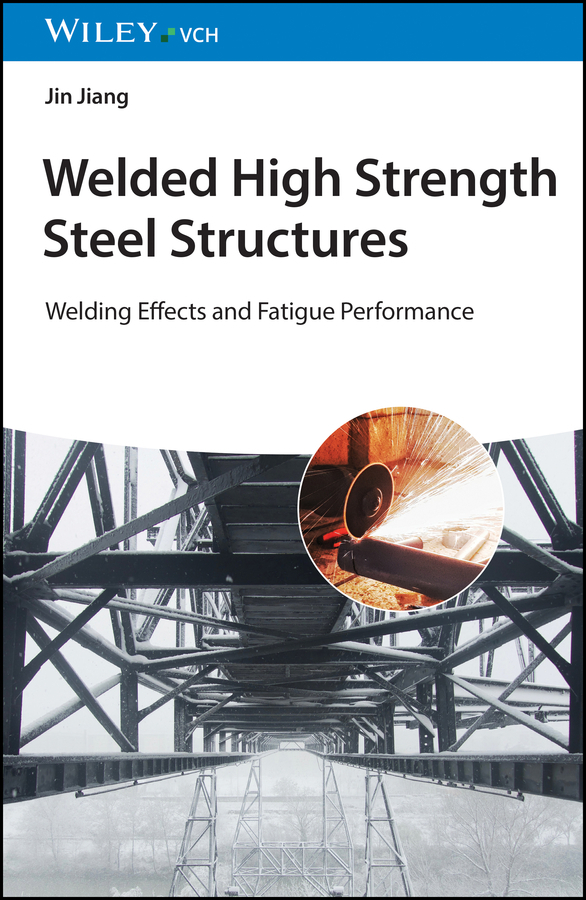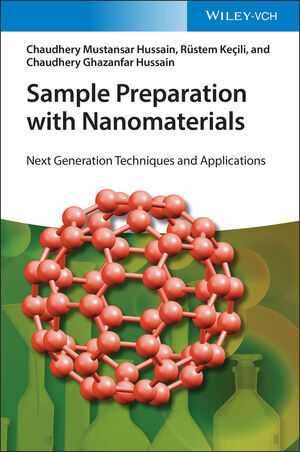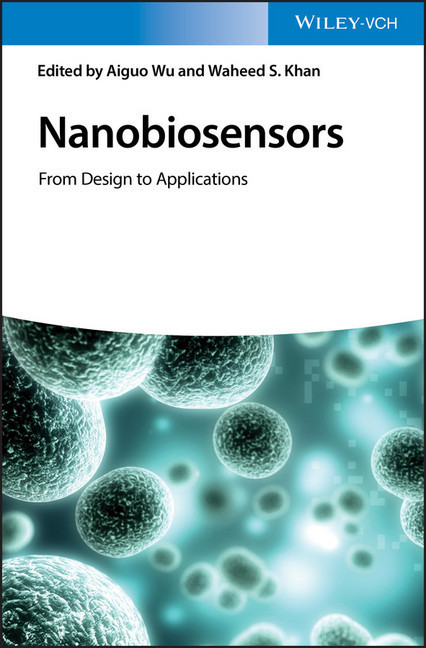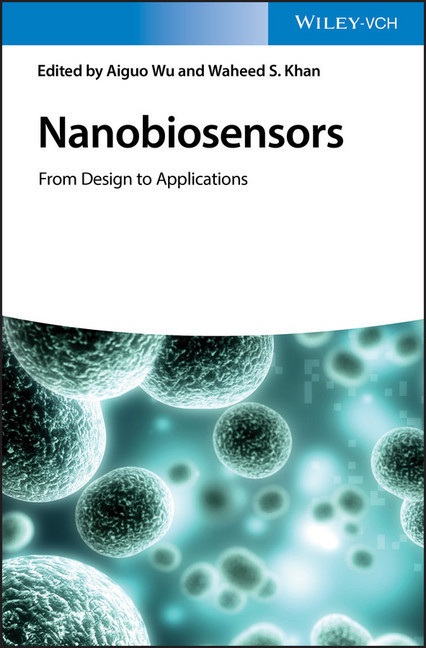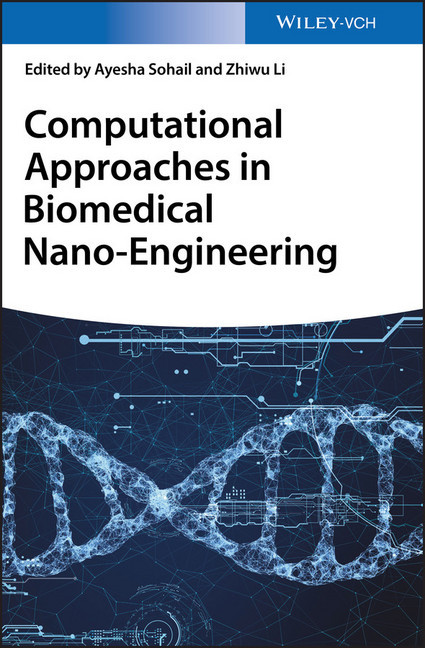Strained Metallic Surfaces
Theory, Mechanical Behavior and Nanostructuring of Metals and Alloys
Strained Metallic Surfaces
Theory, Mechanical Behavior and Nanostructuring of Metals and Alloys
Providing students as well as engineers and researchers with a must-have insight into the complexities of surface structure and behavior, this monograph extends beyond the usual introductory books, presenting concentrated knowledge on the surface science of metals, and connecting fundamentals with actual applications. Beginning with explanations of the intricacies of surfaces and their differences to bulk, it takes the reader through the vital steps towards macroscopic metallic components as well as surface nanostructuring. In so doing, it makes use of theory, experimental techniques, examples, and modeling to facilitate a firm understanding.
Introduction<br>Peculiarities of Metallic Surfaces<br>Experimental Techniques<br>The Electron Work Function of Strained Surfaces<br>Modeling of the Work Function<br>Contact Interaction of Metallic Surfaces<br>Fatigue Location Prediction<br>Computer Simulation of Parameter Evolution During Fatigue<br>Stressed Surfaces in Gas Turbine Engine Components<br>Strengthening and Nanostructuring of Metal Surfaces<br>The Physical Mechanism of Fatigue
PECULIARITIES OF THE METALLIC SURFACE<br>Surface Energy and Surface Stress<br>Crystal Structure of a Surface<br>Surface Defects<br>Distribution of Electrons Near the Surface<br>SOME EXPERIMENTAL TECHNIQUES<br>Diffraction Methods<br>Distribution of Residual Stresses in Depth<br>The Electronic Work Function<br>Indentation of Surface. Contact Electrical Resistance<br>Materials under Investigation<br>EXPERIMENTAL DATA ON THE WORK FUNCTION OF STRAINED SURFACES<br>Effect of Elastic Strain<br>Effect of Plastic Strain<br>Influence of Adsorption and Desorption<br>MODELING THE ELECTRONIC WORK FUNCTION<br>Model of the Elastic Strained Single Crystal<br>Taking into Account the Relaxation and Discontinuity of the Ionic Charge<br>Model for Neutral Orbital Electronegativity<br>CONTACT INTERACTION OF METALLIC SURFACES<br>Mechanical Indentation of the Surface Layers<br>Influence of Indenation and Surface Roughness on the Work Function<br>Effect of Friction and Wear on Energetic Relief<br>PREDICTION OF FATIGUE LOCATION<br>Forecast Possibilities of the Work Function. Experimental Results<br>Dislocation Density in Fatigue-Tested Metals<br>COMPUTER SIMULATION OF PARAMETER EVOLUTIONS DURING FATIGUE<br>Parameters of the Physical Model<br>Equations<br>System of Differential Equations<br>Results of the Simulation: Changes in the Parameters<br>STRESSED SURFACES IN THE GAS-TURBINE ENGINE COMPONENTS<br>Residual Stresses in the Surface of Blades and Disks and Fatigue Strength<br>Compressor Blades of Titanium-Based Alloys<br>NANOSTRUCTURING AND STRENGTHENING OF METALLIC SURFACES. FATIGUE BEHAVIOR<br>Surface Profile and Distribution of Residual Stresses with Depth<br>Fatigue Strength of the Strained Metallic Surface<br>Relaxation of the Residual Stresses under Cyclic Loading<br>Microstructure and Microstructural Stability<br>Empirical and Semi-Empirical Models of Fatigue Behavior<br>Prediction of Fatigue Strength<br>THE PHYSICAL MECHANISM OF FATIGUE<br>Crack Initiation<br>Periods of Fatigue-Crack Propagation<br>Crack Growth<br>Evolution of Fatigue Failure<br>S-N Curves<br>Influence of Gas Absorption<br>IMPROVEMENT IN FATIGUE PERFORMANCE<br>Restoring Intermediate Heat Treatment<br>Effect of the Current Pulse on Fatigue<br>The Combined Treatment of Blades<br>Structural Elements of Strengthening<br>SUPPLEMENT I<br>List of Symbols<br>SUPPLEMENT II<br>Growth of a Fatigue Crack. Description by a System of Differential Equations
Levitin, Valim
Loskutov, Stephan
| ISBN | 9783527323449 |
|---|---|
| Artikelnummer | 9783527323449 |
| Medientyp | Buch |
| Auflage | 1. Auflage |
| Copyrightjahr | 2008 |
| Verlag | Wiley-VCH |
| Umfang | VIII, 250 Seiten |
| Abbildungen | 186 SW-Abb., 25 Tabellen |
| Sprache | Englisch |

